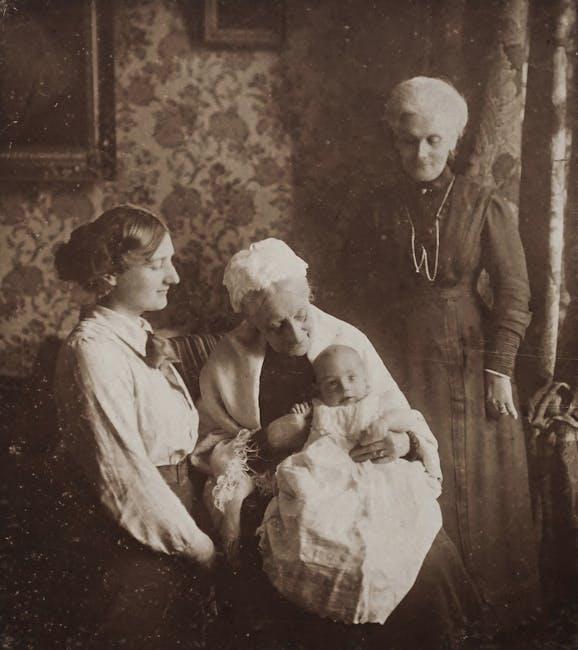1 in 3 Kids Has Dental Problems, Poll Finds – U.S. News & World Report
The oral health of children in the United States has become a growing concern as a recent poll reveals that 1 in 3 kids suffers from dental problems. This alarming statistic underscores the urgent need to address pediatric dental care, improve access to quality treatment, and educate parents on preventive measures. Dental issues in children not only affect their smiles but also impact their overall health and development.
Understanding the Poll Results
The poll conducted by U.S. News & World Report surveyed thousands of parents across the country to assess the prevalence of dental problems among children. Dental problems among children ranged from cavities and tooth decay to gum issues and misaligned teeth. The key findings include:
- Approximately 33% of children show some form of dental issue.
- Cavities remain the most common problem affecting kids’ teeth.
- Children from lower socioeconomic backgrounds were more likely to have untreated dental conditions.
- Access to pediatric dental care remains uneven across different regions.
Common Dental Problems Affecting Children
Identifying and understanding typical dental issues can help parents take early action. Here are the most common problems found in pediatric dentistry:
| Dental Problem | Description | Prevalence |
|---|---|---|
| Cavities (Tooth Decay) | Damage caused by acids from plaque bacteria leading to holes in teeth. | Most prevalent among kids |
| Gum Disease (Gingivitis) | Inflammation of gums causing redness, swelling, and bleeding. | Moderate, especially in teens |
| Malocclusion | Misalignment of teeth which can impact bite and cause discomfort. | Common, especially in late childhood |
| Enamel Hypoplasia | Defective enamel formation making teeth fragile and prone to decay. | Less common but significant |
Why Are Dental Problems So Prevalent Among Kids?
Several factors contribute to the high rate of dental problems in children, including:
- Dietary Habits: Frequent consumption of sugary snacks and drinks increase cavity risk.
- Inadequate Oral Hygiene: Poor brushing and flossing routines allow plaque buildup.
- Lack of Regular Dental Visits: Many children miss essential check-ups and cleanings.
- Socioeconomic Barriers: Limited access to dental insurance or pediatric care reduces timely treatment.
- Parental Awareness: A gap in knowledge about early prevention and oral health care techniques.
Practical Tips for Preventing Dental Problems in Children
Prevention is the best approach to reduce childhood dental problems. Parents and caregivers can take effective steps to promote healthy smiles:
- Maintain a consistent brushing routine: Brush teeth twice daily with fluoride toothpaste.
- Floss daily: Help children floss to remove food particles and plaque between teeth.
- Limit sugary foods and drinks: Cut back on sweets and soda; opt for water and healthy snacks.
- Schedule regular dental visits: Pediatricians recommend a dental check-up every six months.
- Use dental sealants: Ask your dentist about sealants to protect molars from decay.
- Educate kids about oral hygiene: Teach children the importance of maintaining good oral health early on.
Case Study: Improving Oral Health in a Community Setting
In a recent community dental program, schools partnered with local dental clinics to provide free check-ups and oral hygiene training for children ages 5 to 12. Within six months, they observed a 25% reduction in new cavities and improved brushing habits reported from parents. This case study reinforces the power of education combined with accessible care in tackling dental problems among kids.
First-Hand Experience: A Parent’s Perspective
Jennifer, a mother of two, shares her journey after discovering her daughter’s dental issues early on: “I didn’t realize how important consistent dental care was until my 7-year-old got cavities. After consulting with our dentist, we created a daily oral health routine and cut down on sugary snacks. Our next check-up showed remarkable improvement, which gave me peace of mind.”
Why Early Dental Care Matters
Addressing dental problems in childhood can prevent lifelong oral health challenges and costly treatments later. Healthy teeth in kids contribute to better nutrition, clearer speech development, and improved self-confidence. Moreover, preventing dental pain and infections can reduce school absences and improve overall quality of life.
Summary Table: Key Stats From the Poll
| Statistic | Details |
|---|---|
| 1 in 3 children | Has dental problems |
| 50%+ | Children with cavities untreated in some communities |
| 6 months | Recommended interval for dental check-ups |
| Up to 25% | Reduction in cavities through community programs |
Conclusion: Taking Action to Protect Children’s Oral Health
The U.S. News & World Report poll highlighting that 1 in 3 kids has dental problems is a wake-up call for parents, educators, healthcare providers, and policymakers. By increasing awareness, improving access to dental care, and encouraging preventive habits at home, we can reduce the burden of pediatric dental issues. Healthy smiles start early, and investing time and resources in children’s oral health provides lifelong benefits.
Remember, establishing good dental habits now can ensure your child’s smile stays bright for years to come. Schedule that dental appointment, encourage healthy eating, and make brushing fun — your child’s teeth will thank you!


